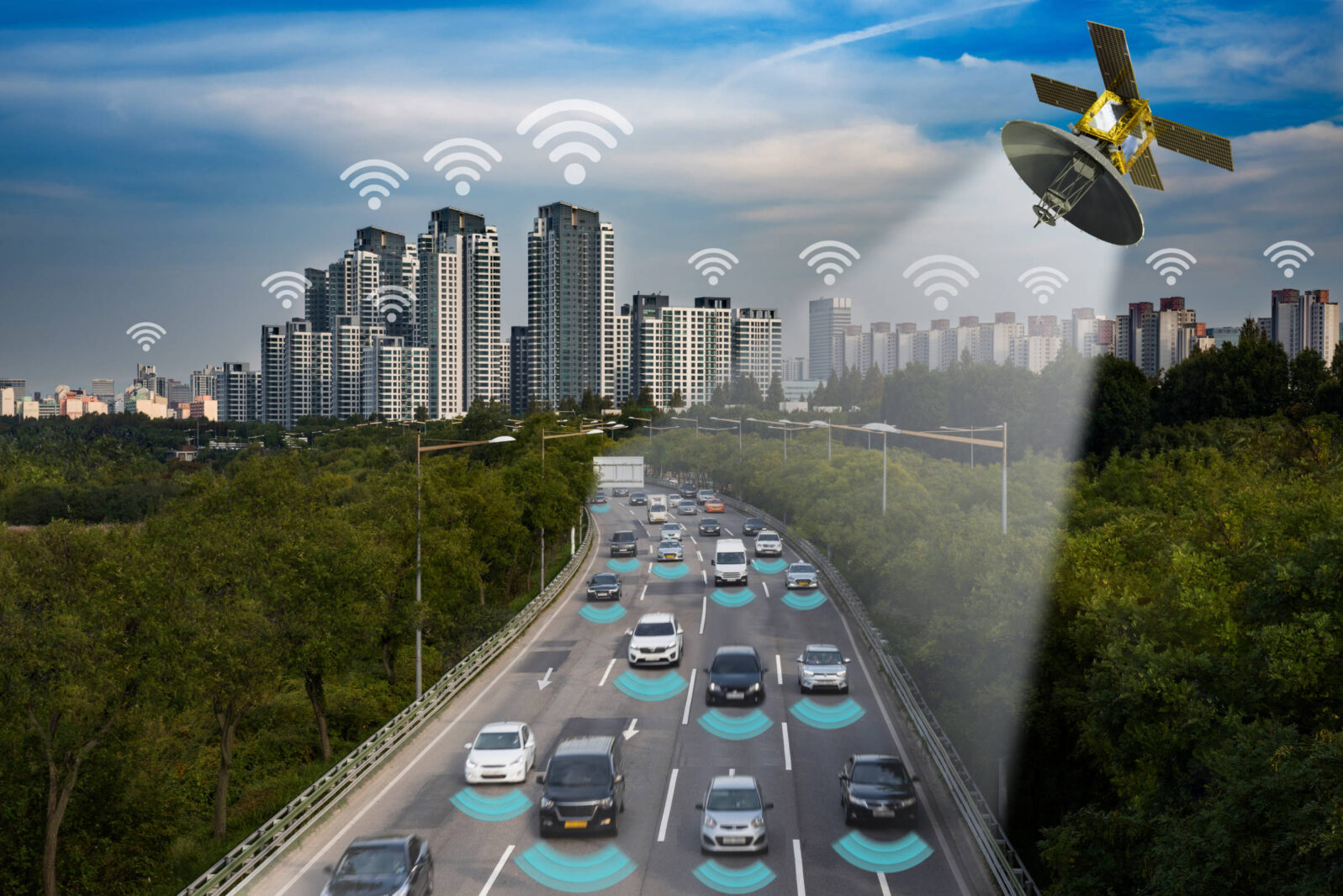Expert: We Won’t Have Self-Driving Cars For a Decade
Machine Learning rapidly moved self-driving cars from the lab to the roads but the underlying technology remains brittleMyths are not inherently bad but the real world crushes them. One myth currently taking a beating is “self-driving cars are just around the corner.”
Technologists, media, and scores of online pundits have promised self-driving cars soon for years. For example Wired announced that 2016 was the year that the self-driving car took the wheel. Did it?
Do not expect self-driving cars any time soon.
CNN recently published an end-of-the-decade review and it’s not encouraging:
A decade of hype and bold predictions is coming to a quiet end…But now those deadlines are passing and humans are still behind the wheel…
“Robotaxis have been three years away for probably the last five years,” said Matthew Johnson-Roberson, co-founder of Refraction AI, a startup making delivery robots. “We’re seeing a reckoning between what technologists understood to be the hard problems that were going to take us 10, 15, 20 years to solve, and what was a hype cycle.”
Matt McFarland, “Self-driving cars: Hype-filled decade ends on sobering note” at CNN
Waymo, which builds and tests self-driving cars, is slightly more optimistic but the results so far don’t lean in that direction.
Machine Learning rapidly moved self-driving cars from the lab to the roads. But, as with all other AI projects, the underlying technology remains brittle:
“A long list of challenges has slowed self-driving cars and trucks. It’s hard to prove that they’re safe. Their sensors struggle in bad weather. The vehicles lack the human touch to smoothly navigate four-way stops, and merge into traffic. Some experts believe the vehicles won’t go mainstream without a technological breakthrough.
Matt McFarland, “Self-driving cars: Hype-filled decade ends on sobering note” at CNN
Worse, as we’ve pointed out, verification of the technology is near-to-impossible. One expert told CNN, “We’re between a rock and hard place. Machine learning is right now not explainable or certifiable.”
Myths can push us forward with visions of what might be possible. Even if historically false, they can teach us something. So, what should we learn from the dying myth of self-driving cars replacing humans? Simple: Humans are amazing.
You might also be interested in some of our earlier pieces that clarify issues around self-driving cars.
Guess what? You already own a self-driving car! (there’s a good chance, anyway) The industry recognizes five levels of self-driving and cruise control is Level 1. So definitions matter. (Jonathan Bartlett)
Are self-driving cars really safer? A former Uber executive says no. Before we throw away the Driver’s Handbook… As with so many statistics bandied around, that depends on what you count and what you leave out. (Brendan Dixon)
How self-driving cars can probably really work best: With virtual rails (Jonathan Bartlett) “The basic idea is that the environment should contain sensors and beacons which alert cars to the geometry of the space and possibly play a coordinating role in helping cars cooperate with the space and with each other. The sensors do for the car, in a limited but sufficient way, what our hard-to-compute intuitions do for us. Using technology based on this idea, Bosch and Daimler have constructed a parking lot in Stuttgart, Germany, where cars with the right technology can park themselves in a fully automated fashion.”
Does legislation matter? Yes. Florida lawmakers are speeding through caution signs. Legislation seems fuzzy about who accepts responsibility when things go wrong with autonomous vehicles. (Jonathan Bartlett)
and
Death spurs demand for more oversight of self-driving cars. The National Transportation Safety Board seeks uniform standards for the previously voluntary information provided by carmakers “Despite the hype and a few bad actors, here at the Walter Bradley Institute, we believe in AI. Some of our Fellows have made major contributions to its development. But, while we are not Luddites, neither are we doe-eyed believers in ‘all things AI.’ That’s why we pay so much attention to oversight.” (Brendan Dixon)
